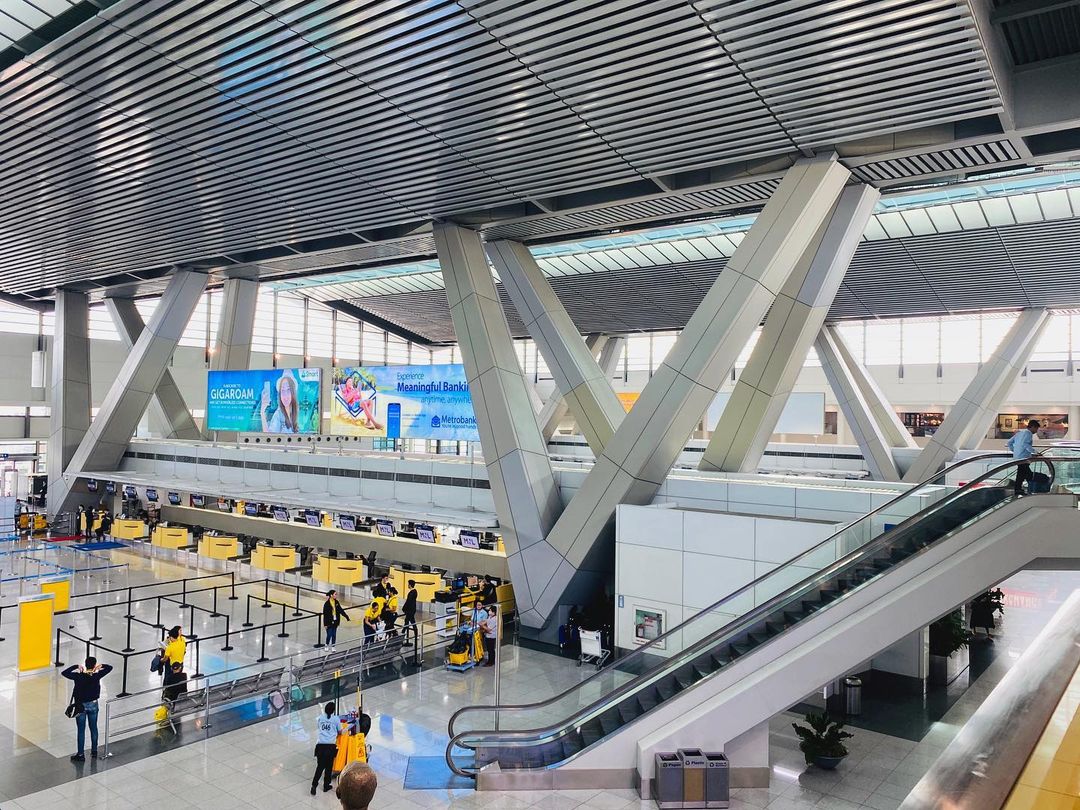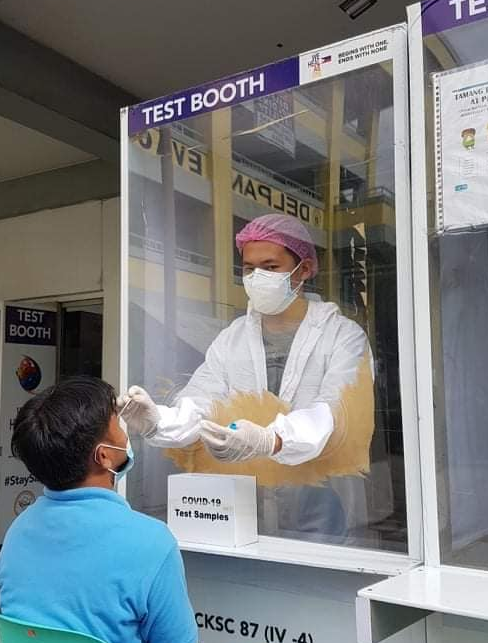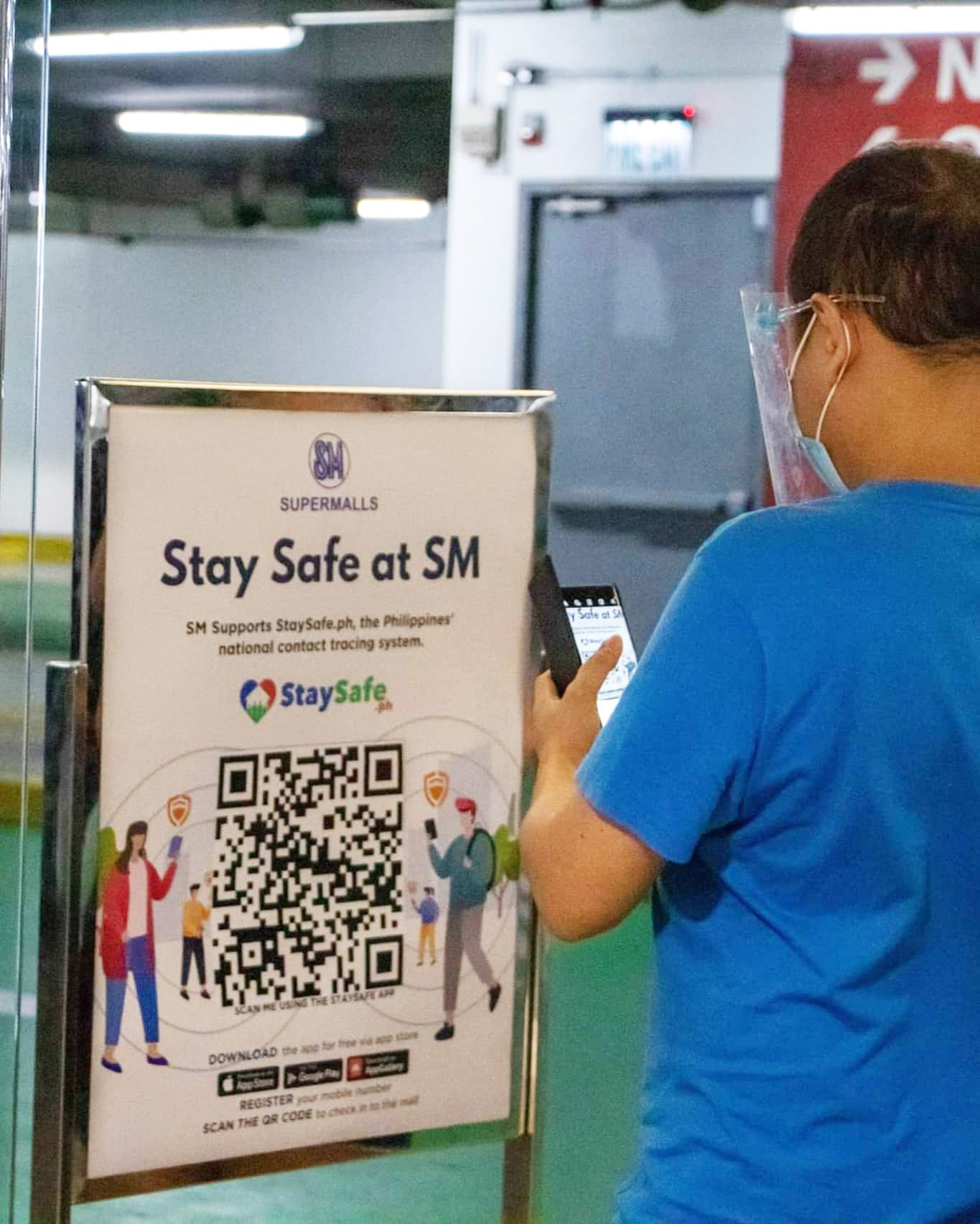COVID-19 tests and quarantines no longer required for domestic travel
Many who’ve had to travel between Philippine cities or provinces in the past few months, even under urgent circumstances, have had to hold off their plans due to the amount of paperwork required. But fortunately, the light at the end of the tunnel is now in sight – local government units (LGUs) no longer require domestic travellers to take COVID-19 test nor quarantine.
The Inter-Agency Task Force for the Management of Emerging Infectious Diseases (IATF-EID) approved the said rule on 26th February under IATF Resolution No. 101, which applies to all types of travel, whether by land, air, and sea, across all LGUs within the Philippines.
Testing and quarantine will only be required under special circumstances
 Image credit: @dreilewisrn
Image credit: @dreilewisrn
While we still must wear masks and face shields when travelling, domestic travelers are no longer required to present COVID-19 test results unless required by the LGU of their destination.

Image credit: Manila Public Information Office
“Testing shall not be mandatory for traveler[s] except if the LGU of destination will require testing as a requirement prior to travel, and [testing] shall be limited to RT-PCR,” the resolution states.
 Image credit: Manila Marriott Hotel
Image credit: Manila Marriott Hotel
Quarantines upon arrival are also no longer required, unless a traveler exhibits symptoms upon arrival.
Travel authority and health certificates, previously issued by the Joint Task Force COVID Shield, are no longer needed too.
S-PaSS & StaySafe.ph will be used for contact tracing
Travelers will still have to pre-register on the Safe, Swift, and Smart Passage (S-PaSS) Travel Management System developed by the Department of Science and Technology before any domestic travel. As of writing, however, the site is currently undergoing maintenance.
 Image credit: StaySafe PH
Image credit: StaySafe PH
StaySafe.ph is also being used as a primary contact tracing system across several LGUs in the Philippines. This means that domestic travelers have to input their basic information via the application whenever entering establishments that require scanning of QR codes.
Parañaque Integrated Terminal Exchange is serving as the central hub for Metro Manila buses bound for provinces

Image credit: Public-Private Partnership Center
Travelers departing from Metro Manila by bus must board one from the Parañaque Integrated Terminal Exchange, as Metro Manila buses bound for the provinces are using the terminal as their main hub. But if you’ll be coming from an airport or sea port, do check with the LGU of your destination about how you can transfer to a bus to your final stop.
And if you show COVID-19 symptoms at a port or terminal, you will have to quarantine at a port or terminal isolation facility instead of continuing with your trip.
Domestic travel in the Philippines is now possible with less red tape
Gone are the days when domestic travellers had to check our destination’s specific travel guidelines well ahead of time before setting off.
Thanks to the new travel guidelines in place, we can now move within the country for urgent matters without the hassle of too much paperwork.
Also check out:
- Intramuros attractions reopen
- 20 small islands in the Philippines
- 10 sunset view spots in the Philippines
Cover image adapted from: @dreilewisrn

Drop us your email so you won't miss the latest news.






